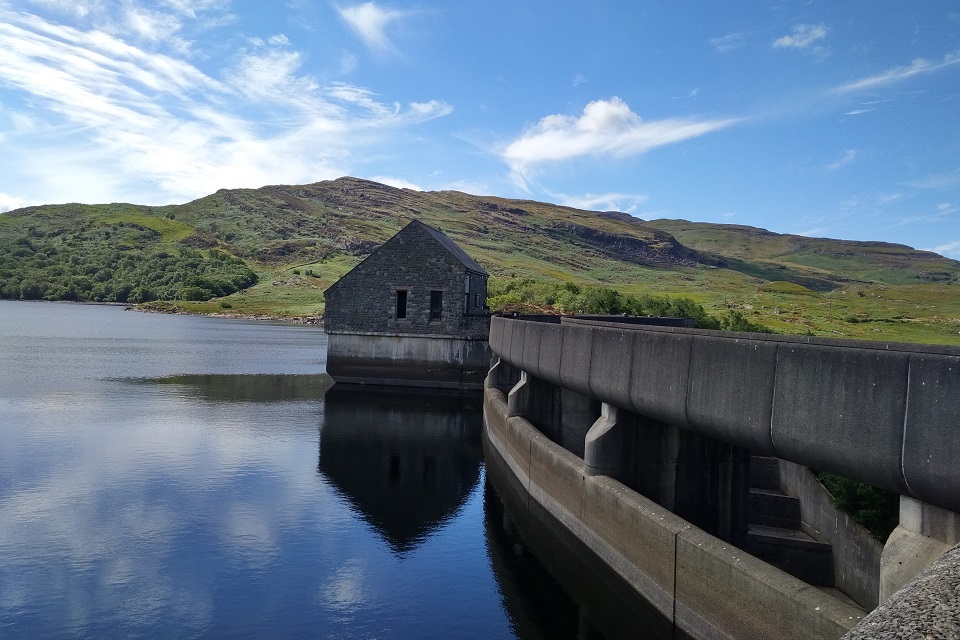News story: £2 billion of new investment opportunities launched across the UK
- New £2 billion property investment portfolio launched, creating thousands of jobs and new homes across the country
- Projects set to benefit the creative, life sciences and retail sectors – including a new 12,500 seat stadium built in Gateshead
- Minister for Investment to showcase the projects at the UK’s largest property exhibition
The Department for International Trade has today (Wednesday 17 October) launched £2 billion worth of new investment opportunities which will create thousands of new homes and jobs across the UK.
The portfolio includes:
- Liverpool: The construction of more than 2,000 new homes at Festival Park and 1,000 new jobs in a new urban community at Paddington Village
- Gateshead: 5,000 new jobs at Follingsby Max, a new logistics and distribution centre in Gateshead, and a new 12,500 seater stadium at Gateshead Quays
- Edinburgh: A new world-leading bio and life sciences development at Edinburgh BioQuarter, which will make the city a leading hub for stem cell research
- Belfast: 21,000 sqm of new Grade A office space for the creative and technology sector at The Sixth, further enhancing the city’s growing reputation as a production centre for film and television
- Sussex: A new science and technology park at Burgess Hill, providing more than 90,000 sq metres of commercial space
The projects will create jobs and drive prosperity in local communities whilst contributing positively to the quality of life for local people.
International Trade Secretary Dr Liam Fox MP, said
It has never been easier to find opportunities for global investment in the UK and these seven projects worth £2 billion give investors the opportunity to do just that.
Not only will these projects promote our vibrant and successful real estate industry, they also create homes and jobs across the country. As an international economic department, our message is loud and clear: the UK is open for business, and we can help find the right investment for you.
Minister for Investment, Graham Stuart MP, said:
It’s a privilege for me to launch these new schemes, which will provide new homes and jobs for people across the country.
The UK is the number one destination in Europe for foreign investment, and we will continue to promote opportunities that help people find decent jobs and develop strong communities.
The 7 projects will be unveiled by the Minister for Investment at the MIPIM UK property conference being held in London this week and will include opportunities for UK and international investors in a range of sectors.
3,000 property professionals and over 300 potential investors and financial institutions from around the world will be in attendance.
Jake Berry MP, Minister for the Northern Powerhouse and Local Growth said:
From a transformed waterfront in Liverpool to rival any historic European city, to a new, state-of-the-art Quay in Gateshead, these new developments represent over £1 billion of world-class investment in the Northern Powerhouse.
With Government working hand-in-hand with business and attracting international investment from across the globe, we’re delivering transformative regeneration for communities from coast to coast across the North – further evidence that the Northern Powerhouse is one of the most business-friendly regions in the UK.
The portfolio has been put together by the DIT’s Capital Investment team which leads the government’s drive to attract and support international investment into large scale property, regeneration, infrastructure and energy projects across the UK.
This week the department will launch the Perfect Fit Prospectus – which uses technology to create individualised reports for potential investors – based on their country of origin and the sector they operate in – to give them the information they need to make an informed investment decision.
The new tool will help the DIT as it seeks to become the most innovative investment promotion agency in the world.
Further information:
- Further information on all seven new projects can be found on our investment website
- In the first half of 2017, 14% of global commercial property investment transactions occurred in the UK, second only to the USA
- The UK is also the leading European destination for venture capital investment, helping innovative firms quickly reach their potential, providing jobs and economic benefits across the UK
